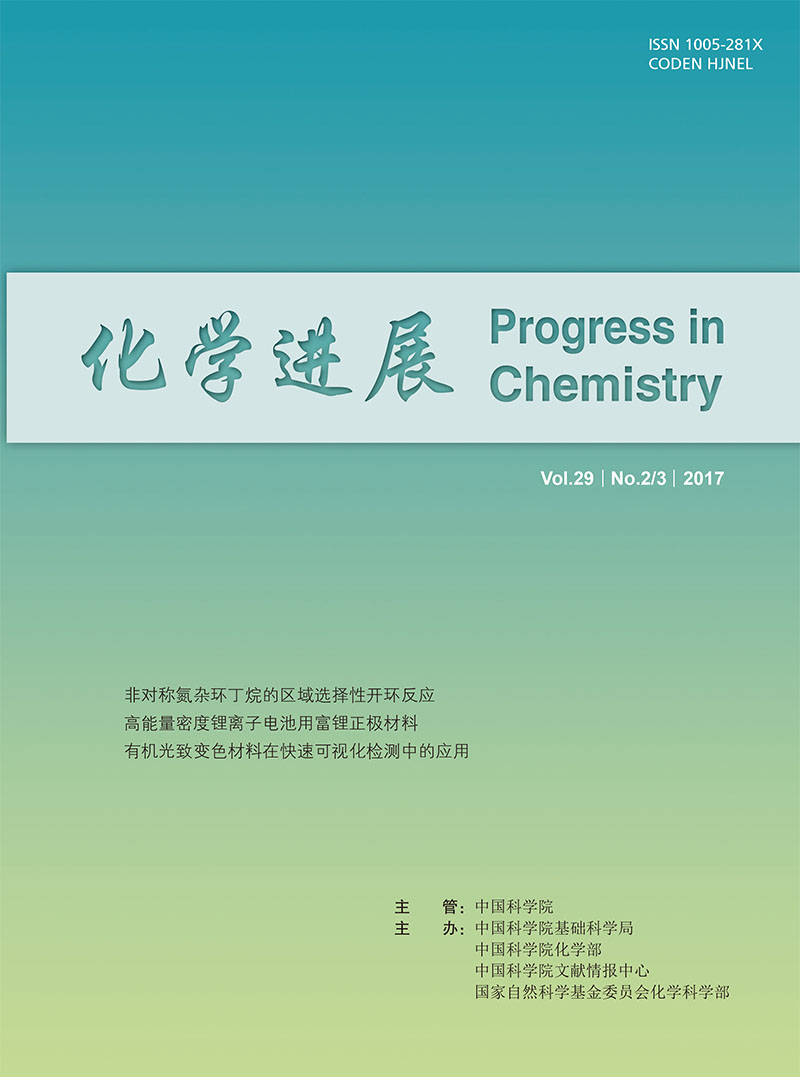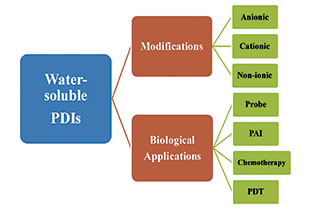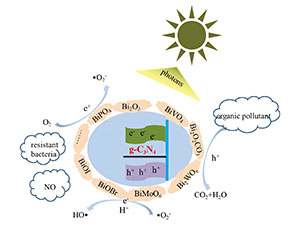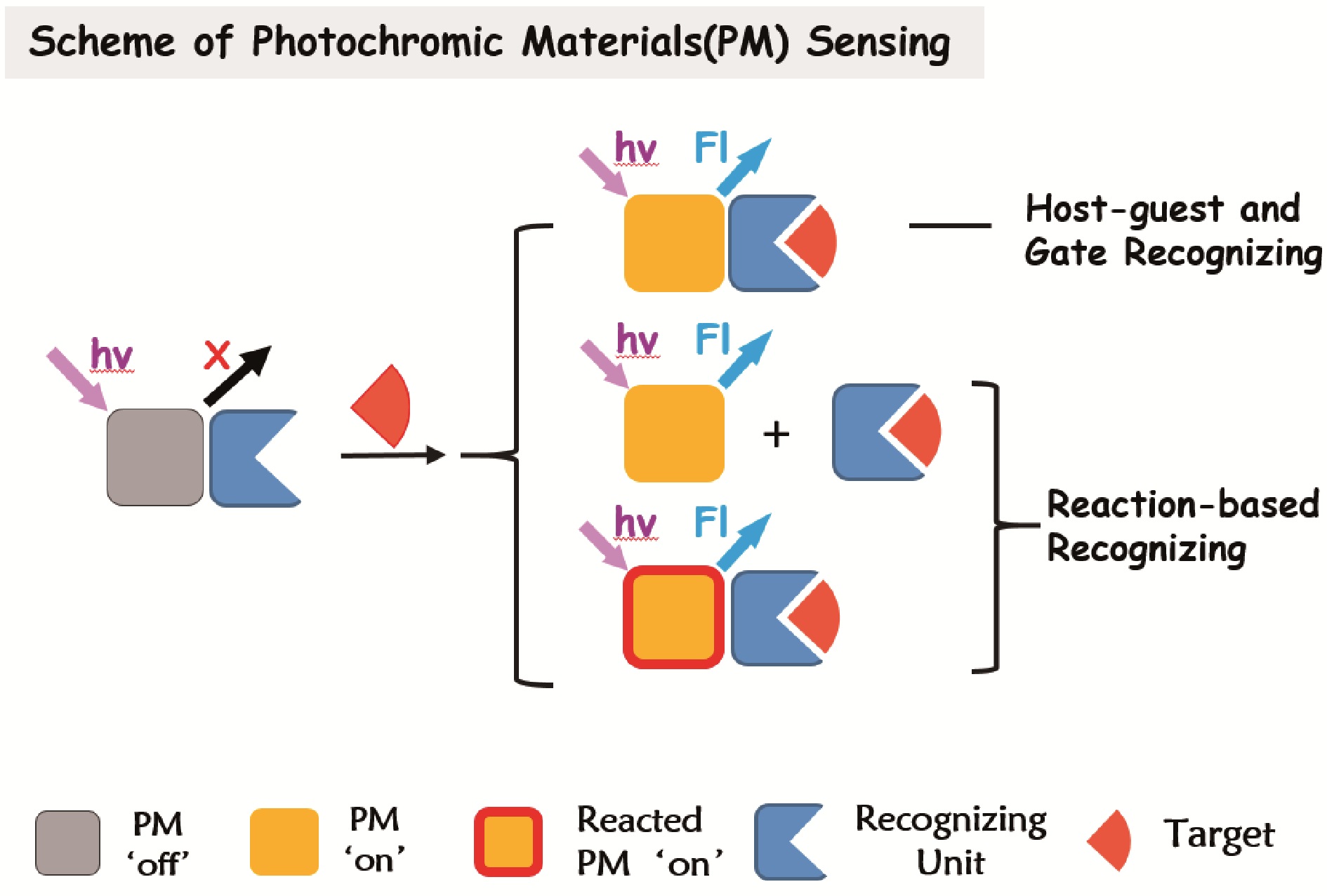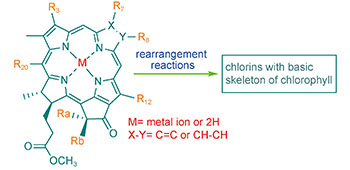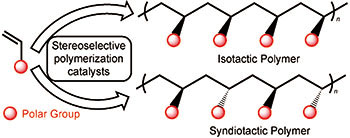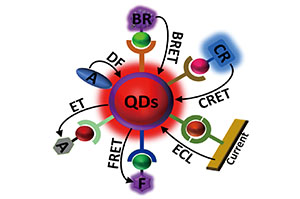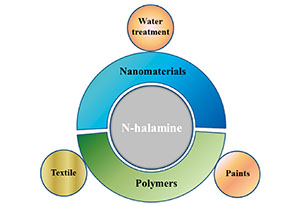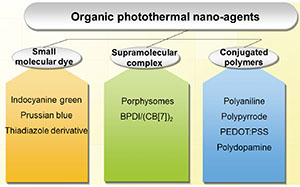Xingpeng Chen, Jiaxi Xu*. Regioselective Ring-Opening Reactions of Unsymmetric Azetidines[J]. Progress in Chemistry, 2017, 29(2/3): 181-197.
Contents
1 Nucleophilic ring-opening reactions of azetidines
1.1 Nucleophiles in group C
1.2 Nucleophiles in group N
1.3 Nucleophiles in group O
1.4 Halogen nucleophiles
1.5 Hydride nucleophiles
2 Stevens rearrangement and ring enlargement of azetidines
2.1 Base-catalyzed Stevens rearrangement and ring enlargment
2.2 Stevens rearrangement and ring enlargement of azetidines and carbenes
3 Eliminating ring-opening reactions
3.1 Transition metal-catalyzed eliminating ring-opening reactions
3.2 Sterically hindered strong base-promoted eliminating ring-opening reactions
3.3 Thermal elimination of azetidines
4 Miscellaneous ring-opening reactions of azetidines
4.1 Reductive ring-opening reactions
4.2 Cleaving ring-opening reactions
5 Conclusion




